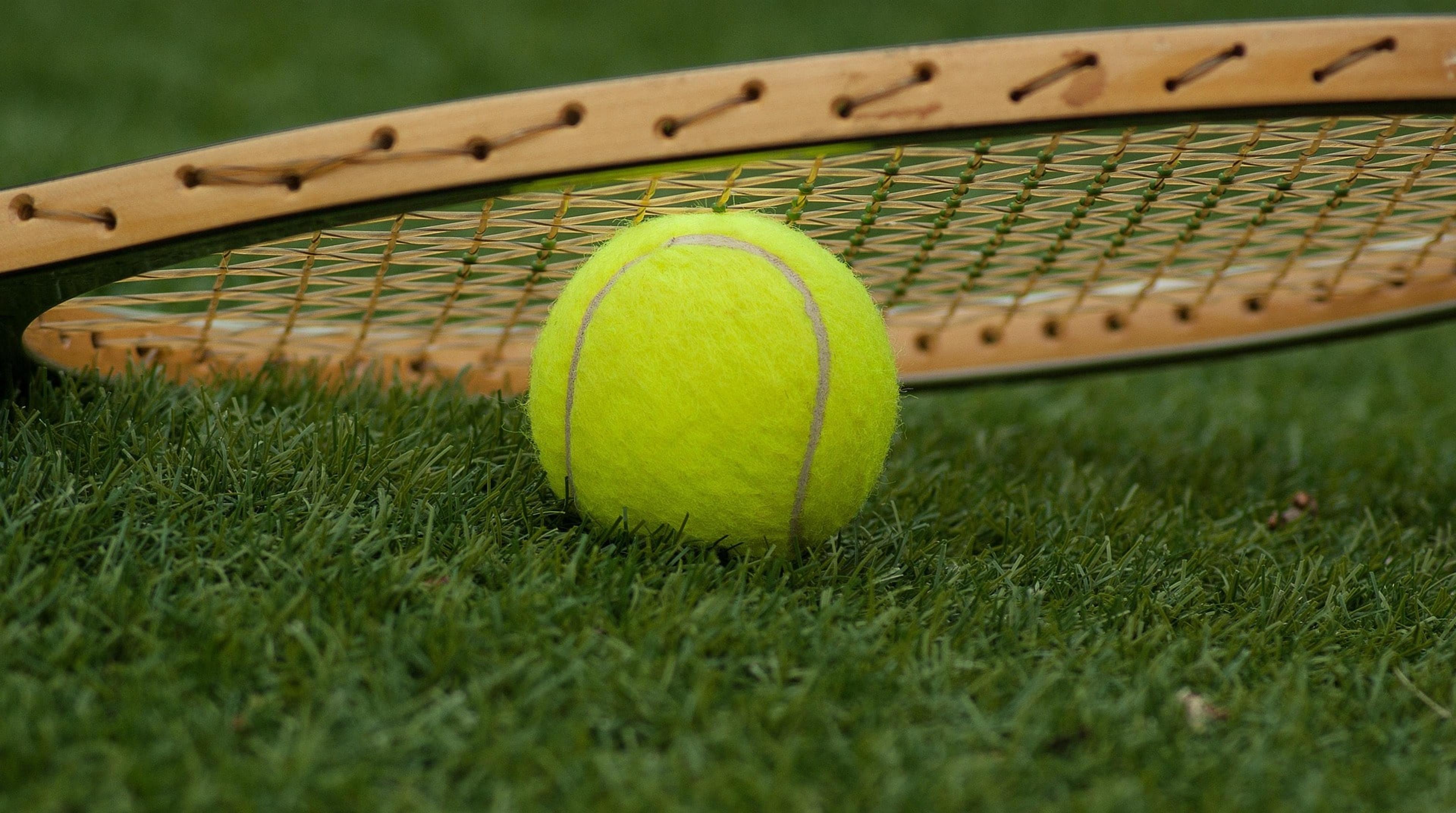Tennis Play Styles & Strategies for Every Opponent

Table of Contents
Introduction
Tennis is as much about strategy as it is about skill. Understanding different tennis play styles and knowing when to use them against specific opponents can give you a major advantage on the court. Whether you’re a beginner still grasping the basics of tennis or an advanced player refining your game, choosing the right approach can make all the difference. Let’s break down the main tennis play styles and when to deploy them against different types of opponents.
The Aggressive Baseliner
The Key Traits of an Aggressive Baseliner
The aggressive baseliner dominates from the back of the court, relying on powerful groundstrokes to push opponents around and dictate rallies. They often take the ball early, hit with heavy topspin or flat shots, and look for opportunities to hit winners.
When to Play Aggressively from the Baseline
- Against Pushers: If your opponent keeps returning balls without much pace, an aggressive baselining style can help you take control of points and force errors.
- Against Net Players: If your opponent frequently rushes the net, deep and powerful groundstrokes can keep them pinned behind the baseline.
- On Hard Courts: This style thrives on medium to fast courts where power and control play a significant role.
Tip: Choosing the right tennis racket—such as one with a larger sweet spot and good control (like the Yonex Ezone 98)—can help you execute aggressive shots with precision.

The Counterpuncher
The Strengths of a Counterpuncher
A counterpuncher thrives on defense, absorbing the opponent’s power and waiting for mistakes. They excel in long rallies, have great footwork, and use placement over power to outlast aggressive players.
How to Outsmart Aggressive Opponents
- Against Aggressive Baseliner: If your opponent plays fast and hits hard, counterpunching allows you to neutralize their attack and turn their power against them.
- Against Inconsistent Players: If your opponent tends to overhit or make errors under pressure, playing a steady game can frustrate them and lead to more mistakes.
- On Clay Courts: The slower surface allows counterpunchers more time to retrieve shots and set up defensive strategies.
Tip: A racket with good control and comfort can help with consistency. Check out guides like How to Choose a Tennis Racket for finding one that suits your game.
The Serve-and-Volley Player
What Makes the Serve and Volley player Unique
The serve-and-volley player rushes the net after a strong serve, putting pressure on opponents with quick volleys and aggressive net play. This style is rare today but can be highly effective against certain players.
When to Go Forward and Start Hitting Volleys
- Against Baseliner Opponents: If your opponent prefers long baseline rallies, rushing the net can disrupt their rhythm and force awkward passing shots.
- Against Players With Weak Returns: If your opponent struggles to return serves deep, serve-and-volleying can allow you to finish points quickly.
- On Grass Courts: The fast surface rewards quick, attacking tennis and makes it difficult for opponents to hit accurate passing shots.
Tip: If you play this style, a maneuverable racket with a solid feel for volleys can make a big difference.

The All-Court Player
Play Style Overview
The all-court player adapts to different situations, mixing up strategies depending on the opponent and court conditions. They can switch between aggressive baselining, counterpunching, and net play as needed.
When to Use This Play Style
- Against Unpredictable Opponents: If your opponent constantly changes tactics, an all-court approach allows you to adjust accordingly.
- Against One-Dimensional Players: If your opponent sticks to a single play style, you can counter them effectively by switching strategies.
- On Any Surface: This versatile style works well on all court types, making it ideal for players who want to develop a well-rounded game.
Tip: Mastering an all-court game requires a balanced tennis racket that provides a mix of power, control, and feel.
Final Thoughts
Understanding different tennis play styles and knowing when to use them can elevate your game significantly. Whether you dominate with power as an aggressive baseliner, frustrate opponents as a counterpuncher, attack the net as a serve-and-volley player, or blend styles as an all-court player, adaptability is key to success.
If you’re looking to improve your game further, check out our guides on choosing the right tennis racket, learning the basics of tennis, or reading our latest pro tournament reviews for insights from the best players in the world. Keep experimenting with styles and find what works best for you!

